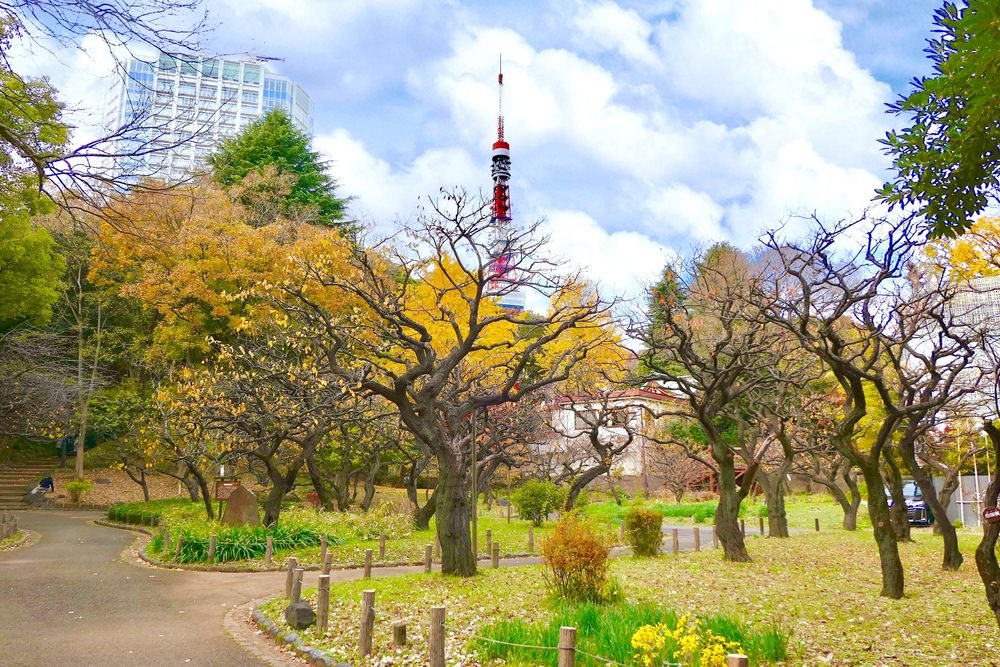Imagine stepping outside at dawn, when the world is hushed and the day is just beginning to unfold. There’s something almost magical about lacing up your shoes and heading out for a walk—a ritual that not only refreshes your body but also reawakens your mind. Whether you’re grappling with a creative block, striving to boost productivity, or simply seeking moments of clarity in a busy day, a walk might be the key to unlocking a more inspired version of yourself.
A Journey Through Time and Thought
On a chilly December morning along the Kent coast, the landscape tells a story. Picture yourself at 6:30 AM, moving slowly along a beachfront path near old stone castles—remnants of centuries past. As you stroll past the squat stone circle of Deal Castle and then follow the shoreline towards Walmer Castle (a majestic stronghold commissioned by Henry VIII), you are not just walking; you are traversing history. These enduring structures, standing guard over the coast for more than 500 years, offer a humbling perspective. In contrast to their timeless grandeur, your daily worries quickly feel small and temporary.

Even on a morning when the sky is a bleak, metallic grey and the usual vibrant hues of dawn seem to have faded, the act of moving through space has its own rewards. It brings you closer not only to nature but also to yourself. Up on steep, muddy paths leading to chalk grasslands or fields that gently slope into quaint villages, you witness nature unfolding in real time—ferries disappearing into mist over the Channel, a solitary peregrine perched high on a skeletal tree, or a hare lazily bounding away. It is in these moments that you realize how small you are in the grandeur of time and space—a reminder that can realign your priorities and deepen your gratitude.
Walking: A Catalyst for Creativity
For many writers, artists, and thinkers, the act of walking is akin to stirring a pot of simmering ideas. The gentle rhythm of your steps, the shift in scenery, and the infusion of fresh air combine to clear mental clutter. When you leave behind the confines of a desk or a cluttered room, your mind finds room to roam freely. History is replete with examples of great minds who used walking as their creative catalyst. Consider Charles Darwin, who famously maintained a “thinking path” at his Kent home—a simple routine that helped him solve problems and form groundbreaking ideas. Even contemporary studies validate these anecdotal accounts. In 2014, researchers at Stanford showed that walking significantly improved participants’ creative performance—a finding that resonates with anyone who’s experienced a sudden flash of inspiration mid-stride.
Walking not only stimulates creativity but can also help solve problems that seem insurmountable when you’re stuck indoors. It’s as if the physical act of moving prompts the mind to adopt a fresh viewpoint; ideas that seemed elusive while staring at a screen suddenly become clear as you navigate the outside world. The steady cadence of your steps gives way to a flow of thoughts where solutions emerge naturally—each step a silent encouragement that progress is possible.
The Joy of Mindful Movement
Beyond fueling creativity and productivity, walking carries a meditative quality that can shift your entire mood. When life feels overwhelming or your thoughts start spiraling into stress, a walk can ground you in the present moment. As you take in the sights, sounds, and sensations around you, you begin to notice details you’d usually overlook—the crisp air on your skin, the patterned light and shadow on the pavement, or the gentle murmur of a nearby stream.
For those who wish to deepen this practice, mindful walking offers a structured approach. Start by choosing a familiar route and focus on your steps: count each step or silently recite a calming phrase like “walking peacefully.” This simple exercise anchors your awareness to your body and the immediate environment, proving invaluable when it feels like your mind is adrift. Buddhist author Maitreyabandhu, for example, recommends starting with short, deliberate walks—no more than 20 minutes initially—to ease into the practice without overwhelming yourself.
A Prescription for Productivity and Well-Being
After years of living in bustling cities and fast-paced environments, many people are discovering that slowing down can lead to profound benefits. Leaving behind the relentless pace of urban life can open up space not only for greater productivity but also for a richer, more meaningful existence. Imagine a life where weekends are spent nurturing a garden, sharing long lunches with friends, and finding moments of quiet reflection amid daily chaos. A simple walk becomes the bridge between a hectic schedule and a life lived with intention.
Walking is a practice that doesn’t demand perfection. Whether you have half an hour or a few fleeting minutes, even a brief walk can offer a fresh perspective. It’s a reminder that sometimes stepping away from your work is the best way to move forward. As you return from your walk, often with a mind buzzing with new ideas and insights, you realize that productivity isn’t solely about long hours—it’s about harnessing the power of movement and the clarity that comes from being fully present.

Embrace the Walk
So, next time you feel stuck or overwhelmed, remember that a walk might be all you need. Whether you’re wandering along a historical coastline, exploring a quiet neighborhood, or venturing along a path defined by your own memories, each step moves you closer to a more vibrant, creative, and productive life. In the timeless simplicity of putting one foot in front of the other, you might just find that the answers you seek are waiting for you, step by step.


